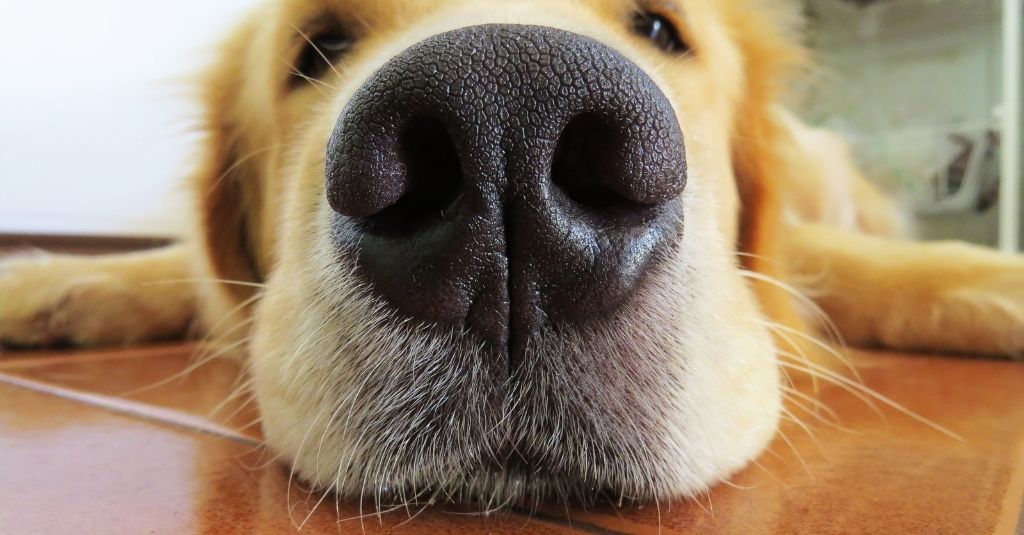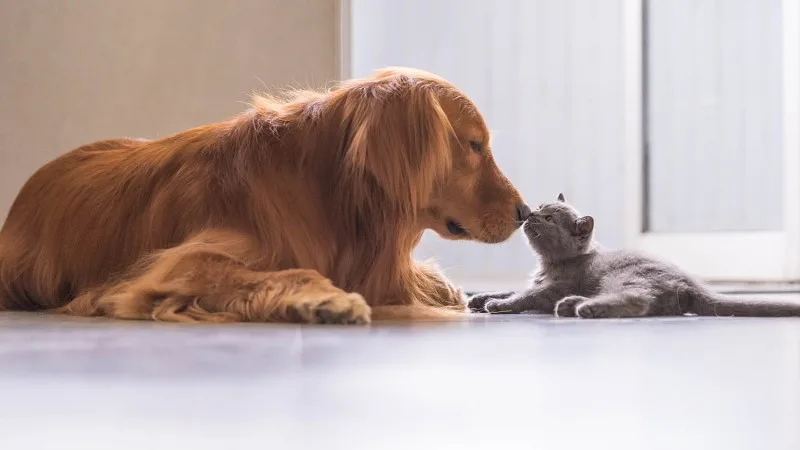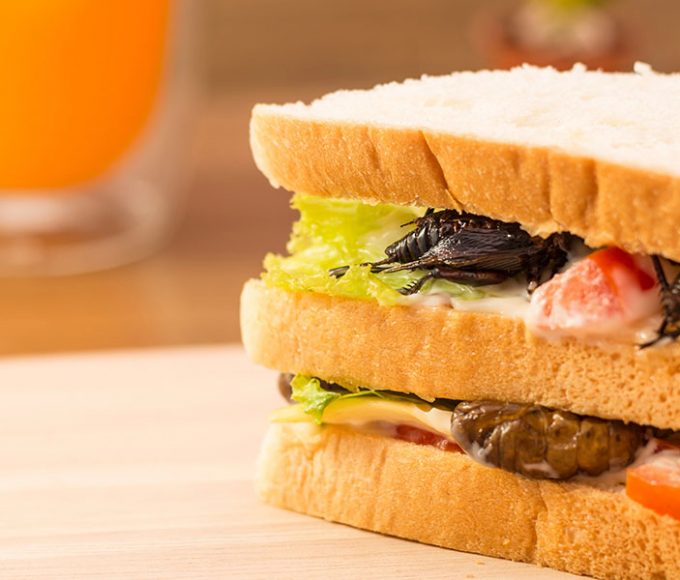What happens when you put kibble on your pets’ bowl? Do they rush in excitement, or do they walk away unimpressed? What’s really guiding their decision? Well, while taste does play a role, the primary driver behind food acceptance in dogs and cats is aroma.

At Sense Test…
We have been working with the pet food industry and know just how powerful the sense of smell is for out furry best friends. If we understand how their olfactive sense determines the pets food preference, we can then aim to develop palatable, market-winning products.
Olfaction vs Gustation: A Biological Perspective
Number of Olfactory Receptors
- Dogs: up to 300 million olfactory receptors
- Cats: 50-80 million
- Humans: About 5-6 million
This means that dogs, particularly, depending on the breed, can detect generally scents 40-50 times better than humans, and cats also outperform us significantly. If we really dive into it, it’s like 12.5 % of a dog’s brain is dedicated to olfaction, comparing to our 1 % as humans!
Taste Receptors
Nevertheless, when we do the comparison for the taste buds, the picture turns around, with humans having around 9000 taste buds, dogs only about 1700 and cats 470. This becomes way more impressive when we are reminded that cats can’t even detect sweet flavors, since they have so few taste buds, thereby aroma is really a far more important factor to pets than taste.

Main Results
What have pet food sensory panels and home-use trials shown until today:
- Palatability trials show a significant correlation between aroma intensity and voluntary food intake;
- Cats sniff new food for 20-30 seconds before tasting – and can reject it entirely based on the aroma;
- Studies that use olfactory masking or aroma enhancement often result in significant shifts in consumption and preference.
Pet food aroma is analyzed using several methods. One approach involves descriptive sensory panels, where trained individuals detect and describe volatile notes. Palatability tests are also conducted, measuring the intake ratio based on first choice and total consumption. Additionally, instrumental analysis such as GC-MS and e-nose are employed.
Insights
As we have seen up until now, aroma must be the first sensory gatekeeper in pet food acceptance, since most cats and dogs sniff the product before they try it, and if the aroma is unappealing, it’s very unlikely they will have any interest in it. Why This Matters for Product Development? The aroma of pet food can be influenced by many factors, such as:
- Ingredient quality;
- Coating oils and palatants;
- Storage/packaging stability;
- Maillard reactions during extrusion.
Finally, for pets, aroma is the single most important sensory attribute for palatability. At Sense Test, we help brands ensure the aromatic experience of their pet foods, making the first sniff the very first step leading to the very first bite – and beyond.




Leave a comment